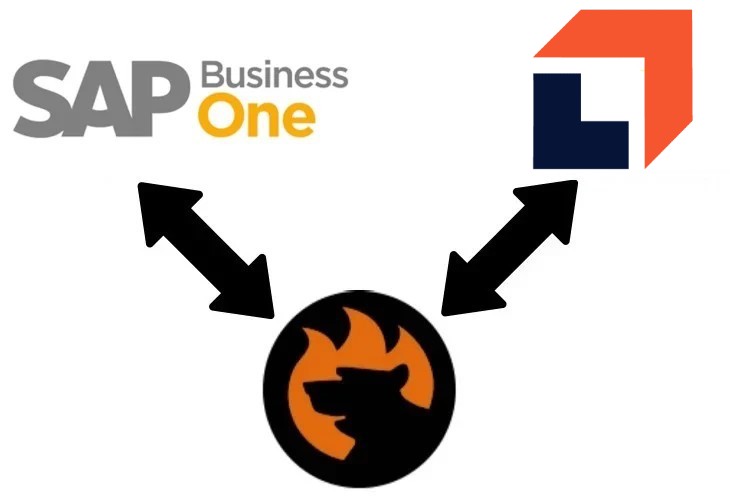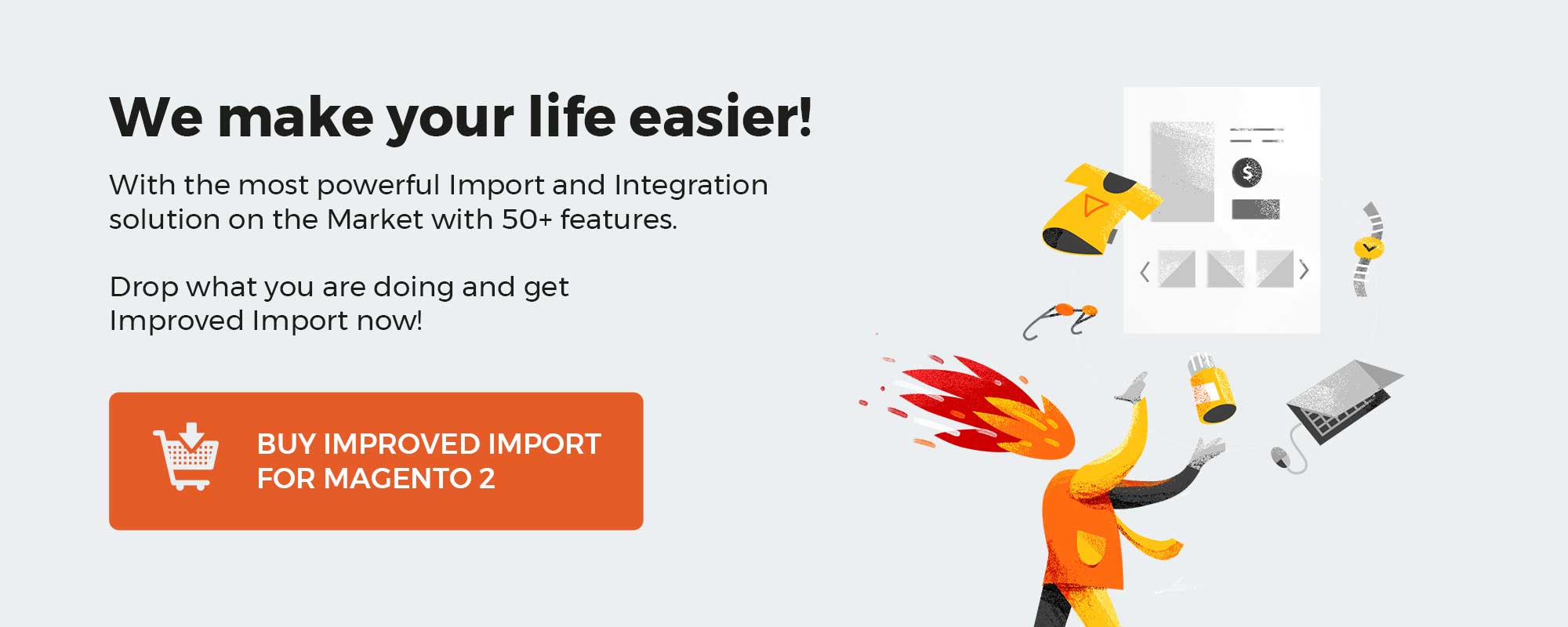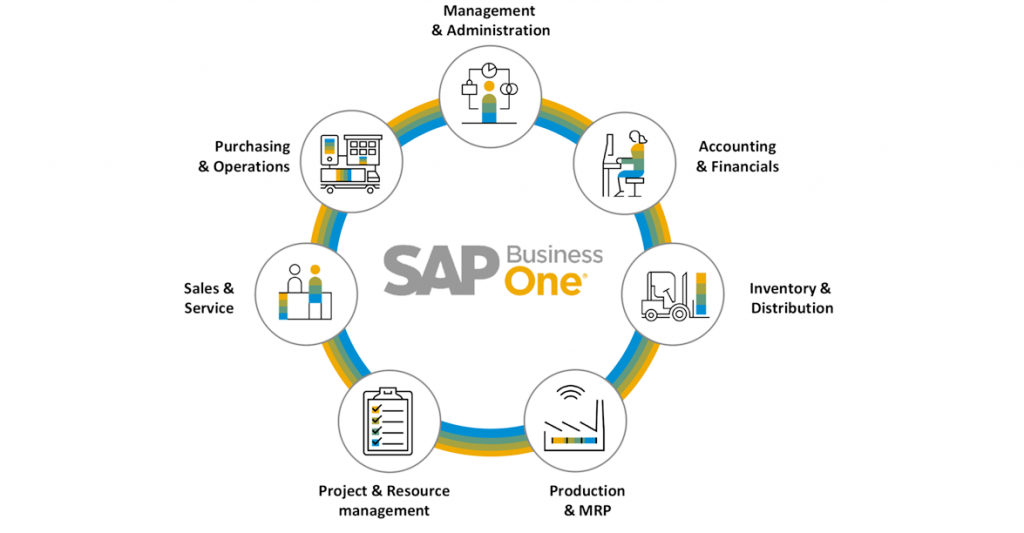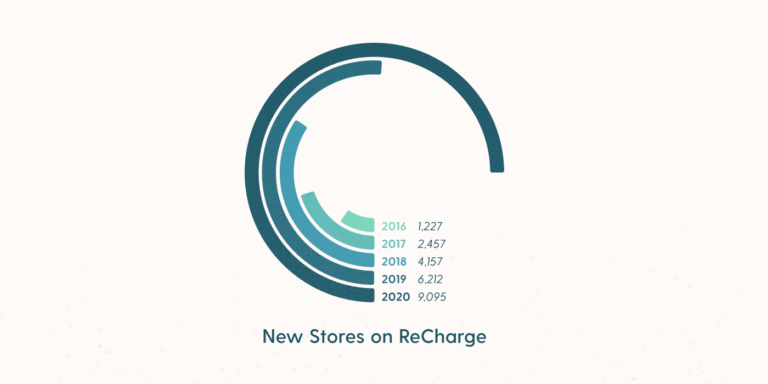
Current e-commerce technologies and tools may significantly improve your regular operations. You may connect your online storefront to accounting platforms, ERP and CRM systems, and other software programs. With the aid of one or more technologies, such as SAP Business One, one of the most cutting-edge and feature-rich ERP systems we’ve ever had, both small and large market players can obtain the most in-depth insights and automate their daily tasks. Furthermore, integrating SAP B1 with other systems may help you get even greater results. You could, for instance, link it to ShipWorks. If you are unfamiliar with this tool, we have a description for you below. Despite the fact that you must learn to use two challenging business tools, nothing in this situation should make you nervous. The Firebear team makes the SAP Business One ShipWorks integration straightforward. Together, we’ll succeed on both platforms and forge the strongest possible collaboration. The SAP Business One and ShipWorks connector, created and maintained by our team, automates key business operations and efficiently handles your operational data. The connector is easy to customize to match your specific company needs.

Remember that Firebear Studio can help you integrate Sap Business One with a number of other platforms. Please contact us using the following link if you need further details:
Sap Business One ShipWorks Integration Free Quote
Table of contents
SAP Business One Defined

For those who are unfamiliar with SAP Business One, an enterprise resource planning (ERP) system with a number of potent features and improvements to repetitious activities, let’s start with a quick review. Despite being designed for small and medium-sized organizations, SAP B1 can also be used by huge corporations. Its major goal is to automate numerous business processes to save time and effort on administrative tasks related to finances, operations, and human resources. If you need more shipping-focused capabilities, you can connect ShipWorks to your ERP system. SAP Business One has 15 functional modules that cover a variety of business functions:
- You can access Administration to make all of your basic setup decisions. This module allows you to personalize your SAP B1 system.
- Using the customer relationship management (CRM) module of SAP, you can interchange ordinary sales staff actions with other SAP modules.
- The Financials module allows you to create a chart of accounts and journal entries.
- In the Opportunities section, you can create leads to keep track of potential sales and purchases.
- Sales – A/R contains the entire sales flow. Every part of it, including the quote, order, delivery, and AR Invoice, is under your complete control.
- Purchasing – A/P is where the entire purchasing process starts. The GRPO, Order, Quotation, and AP Invoice procedures are among them. Each one of them is under your control.
- Business Partners: Using this module, you can edit the master data for your partners in business. You can communicate with leads, customers, and suppliers from here.
- The Banking section is where you keep track of your incoming (sales) and outgoing (purchase) money.
- Inventory: Using this module, users can access the master data for products that have been sold or bought, as well as the number and price of those commodities that are kept in warehouses.
- Resources: This section contains the master data for the production resources (machines and personnel; capacity and planning respectively).
- Production gives you access to the Bill of Materials master data. Orders for production can be placed in this section as well.
- You may organize your projects and decide what needs to be done to meet your business goals using the project management module.
- Ideas for sales/production orders and purchase orders are provided by material requirements planning. You can use this page to determine how much money and resources you’ll need to keep from running out of stock.
- Service: You can start service requests and do other contract management-related tasks with this module.
- Additionally, the HR area allows you to work with employee master data.
Each of these elements focuses on a different aspect of your business. They are all connected, and to add data to your ERP system, you may also connect them to an outside data source. You may link external programs like ShipWorks, as we’ve already said, to boost productivity even more. Each module can be synced with the appropriate ShipWorks part.
[embedded content]
More details on the ERP system are available here: SAP Business One In-Depth Review.
ShipWorks Defined

A shipping software program called ShipWorks was created for businesses that handle high-volume transactions. It is a scalable platform for warehouses and high-volume online retailers aiming to increase productivity, control expenses, automate procedures, and dispatch packages more effectively. The solution was created to meet the demands of businesses that send more than 5,000 packages each month. ShipStation can be the best choice for your company if it works with lesser volumes. The Auctane suite of shipping solutions, designed for businesses of all sizes, includes both ShipWorks and ShipStation.
ShipStation is a straightforward cloud-based solution for single-location merchants with fewer than 5,000 shipments per month, whereas ShipWorks is designed for high-volume, multi-location firms with over 5,000 shipments per month. We offer the option to link both systems with your SAP Business One and other business tools.
You can ship more in less time with the hybrid on-premise and cloud solution’s powerful and adaptive features:
- Intelligent order routing;
- Batch processing;
- Scan to ship;
- Customizable automations.
Utilize shipping software to increase fulfillment efficiency by combining channels and systems. You can link ShipWorks with the systems, ERPs, WMS, and channels you already use thanks to its more than 100 built-in integrations, native API, and extensive ODBC capabilities. To make this procedure more effective and entirely automated, ask for our assistance.
ShipWorks wants to help you save time, money, and stress by making sure you get the best prices on every shipment using the Best Rate Tool and automating procedures to decrease errors.
ShipWorks is dedicated to helping you succeed. Get unrestricted phone, email, and chat assistance from their team of solution engineers located in the US. There are no script readers there; only quick-thinking product and industry gurus.
[embedded content]
SAP Business One ShipWorks Integration
Now that you are familiar with the core features of SAP Business One and ShipWorks, we want to draw your attention to how they work together. Keep in mind that the Firebear Studio may be able to assist you to combine SAP Business One with ShipWorks. Our professionals will be pleased to help you with this. Please reach out to us at the following link for more information:
Sap Business One ShipWorks Integration Free Quote
Customers
Customer data may be synced between ShipWorks and SAP Business One with our assistance. It’s important to keep in mind that we submit all client data, including specifics about any associated orders.
Orders
We will help you add new orders from Shipworks to SAP B1 with particular information such as the bill-to and ship-to addresses, the items, the amount paid, the tax amount, the shipping amount, the credit card information, and – this is crucial – the shop information from where the purchase originated.
Our tool also syncs the order that has previously been updated with SAP B1. Let’s say you wish to update some details about a specific order after entering it into SAP, such as the item, delivery date, or prices, among other things. The data from Shipworks will be changed back to SAP B1 automatically.
Let’s say that once an order was placed and added to SAP B1, it needed to be canceled or had its status modified. The order status update automatically refreshes the ShipWorks status of the updated orders in SAP B1.
Shipment
We can refresh the ShipWorks order shipment data received from SAP B1. Consider an order that creates a tracking ID and needs to be updated with shipping costs, processing dates, etc.; this may be done automatically with the help of our team.
Products
Any item that is referenced in your SAP Business One will launch a product upload to ShipWorks. Product sync functions both ways. We will assist you in transferring your current goods’ information from ShipWorks back to SAP Business One.
Stock
ShipWorks and SAP Business One will synchronize stocks. For this sync, we offer a number of settings.
Integration Principles
All of our integrations, including those involving SAP Business One and ShipWorks, adhere to the very next requirements.
Two-way connection
The two systems establish a two-way communication channel with one another. Our tools that participate in integration offer this functionality. You, as the person in charge of the integration, can modify data transfer procedures in any way that is suitable thanks to fully customizable import and export profiles. Additionally, because the import and export profiles are autonomous, they do not need to be set up simultaneously.
Scheduler
You may automate the connection between ShipWorks and SAP Business One using our built-in scheduler. It is possible to use separate update timelines for import and export actions related to the same item. Assume that ShipWorks needs to send SAP B1 information about clients once each week:
- In your export profile, choose weekly updates from the drop-down menu.
- Choose a weekday, and then a specific transfer time.
- Use the asynchronous method and manually activate the profile to update SAP Business One’s customer data from ShipWorks ahead of schedule.
- Return to your import profile and make the same modifications to bring customer data back.
Mapping
Our mapping tools make it easy to sync data between any two platforms. Since data updates must always adhere to the constraints of the receiving system, third-party attributes should be matched to those of the local environment. It will take a while to complete this process manually. On the other hand, this approach can be markedly optimized. Each import and export profile’s mapping grid is accessible through the Firebear team. You can now design a mapping scheme that adapts any attribute to the requirements and standards of the accepting platform. Mapping profiles can also be saved and loaded for use at a later time. It functions best for routine tasks like the integration of SAP Business One and ShipWorks.
Other features
Support for a range of connection standards is another feature of the SAP Business One ShipWorks integration and other projects we work on. For integrations, we maintain a variety of data file formats on hand, including XML, CSX, XLSX, ODS, and JSON.
We also sync data using Google Sheets. Using our tools, you may synchronize all of your data between your store and this platform. Direct URL uploads, FTP/SFTP, Dropbox, OneDrive, and Google Drive are additional ways to submit files. The use of API-based ties enables the creation of more complex linkages.
Keep in mind that Firebear Studio facilitates the integration of Sap Business One with a variety of platforms. Contact us by clicking on the following link to learn more about the integration between ShipWorks and SAP Business One as well as other interconnections:
Sap Business One ShipWorks Integration Free Quote






